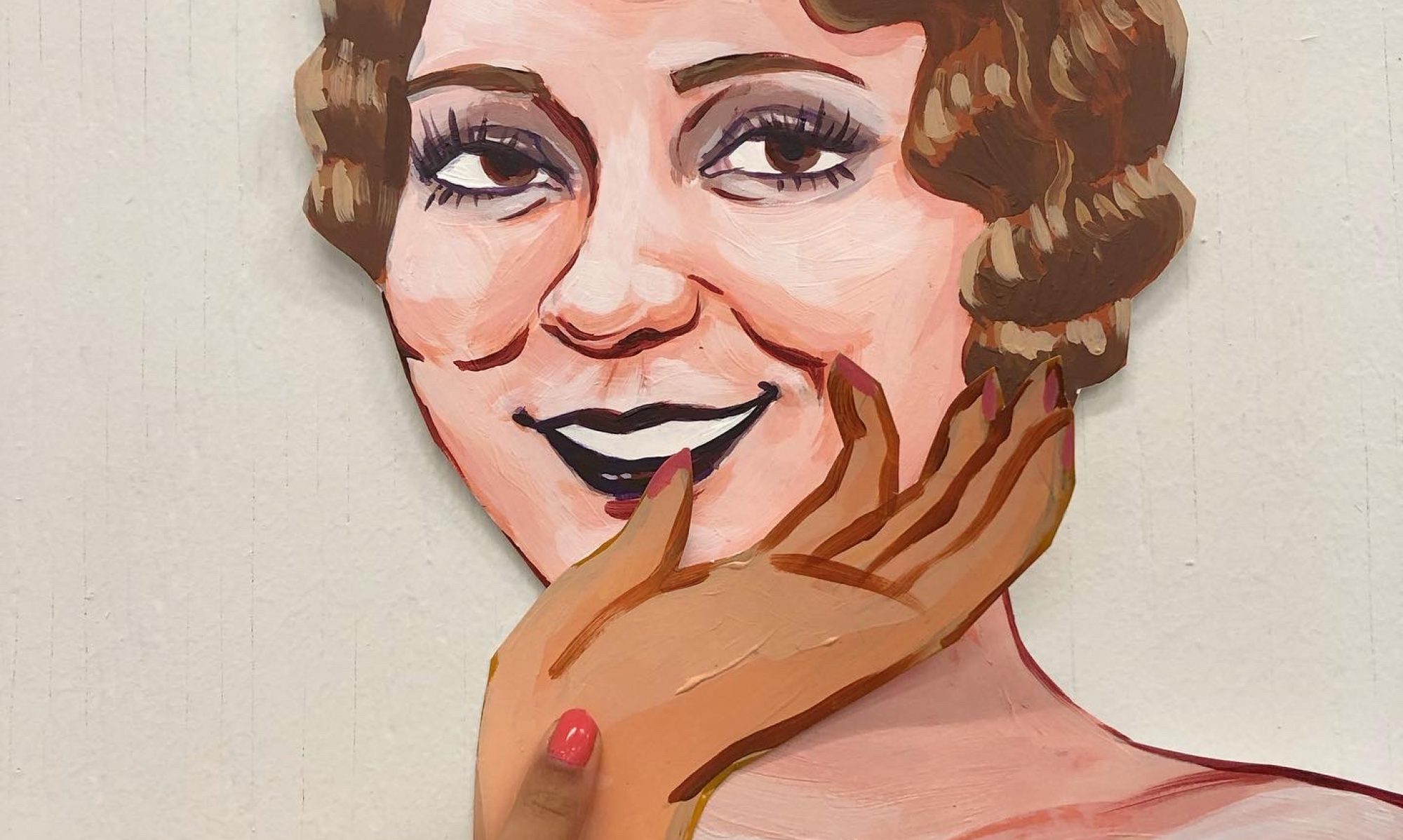How can art expose white supremacy?
I’ve always been intrigued (and repulsed) by larger-than-life white women who passionately and publicly uphold patriarchal white supremacy. Anita Bryant. Phyllis Schlafly. Tomi Lahren. Mary Pickford. They step into the limelight time and time again to maintain the status quo and preserve the rotted core of patriarchy, colonialism, and capitalism. Whether they’re spewing hateful rhetoric of homophobia, racism, sexism, transphobia, xenophobia, etc, these white women take a stand against civil rights in each tumultuous social wave. In my graduate research, I’m interested in how these women and the visual language that accompanies them influences/is influenced by the historical ebb and flow of conservatism in the United States. I’ve been reading about women’s roles in the KKK, how white women mobilized segregation supporters, and the Cult of True Womanhood. Understanding the ways in which white supremacy can be insidious is pivotal to fighting it. What is the visual language of white supremacy?
In contrast (and collaboration) with this research, I am exploring racial satire and the illuminating history of Black horror. With the current push toward inclusion in film and television, I’m curious about the role of Black creators and characters in cinematic storytelling, particularly in the genres of comedy and horror. Both genres have been pivotal for Black artists to express both joy and rage in an oppressive, racist, colonial country. I’ve always found refuge in comedy and horror, and I want to fully understand their influence and impact on American culture. How does satire/ horror legitimize Black rage?
My aim is to play with the push and pull of discomfort, humor, and race through visual art. Currently, I’m playing with embodiment, performance, and representation. In the first fall semester, I created two sets of painted, life size paper dolls of Mary Pickford and Anita Bryant. The dolls came with four outfits, each representing the contrasting aspects of their lives, and a collection of props to denote their influence on American pop culture and politics. The paintings hinted at the audience playing with the dolls, reflecting the way that these ladies’ legacies can take on different meanings based on the viewer. With the paper dolls being life size, the possibility of the viewer (or creator) donning these controversial outfits can also stoke discomfort. Can satire dismantle white supremacy?
Continuing in the MFA program, I want to continue exploring embodiment with the paper doll project, as well as other iterations related to costume, performance, and drag. I’d like to tap into my own rage as a Black femme in a predominantly white/nonBlack environment, whether that environment is Emily Carr or Vancouver. Particularly in relation to horror, I’m curious about creating a character that embodies Black rage and the discomfort and humor that arises from that exploration. How can art (school) embrace (my) Black rage?
Sophia Zarders
MFA Visual Art / szarders@ecuad.ca
